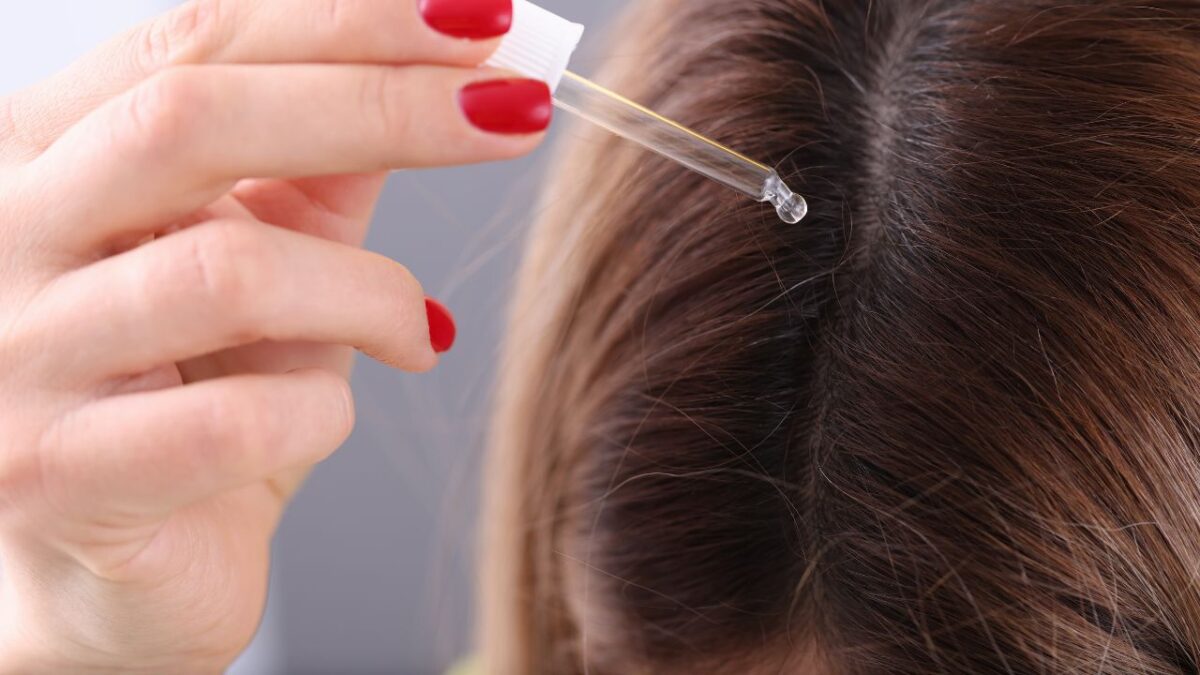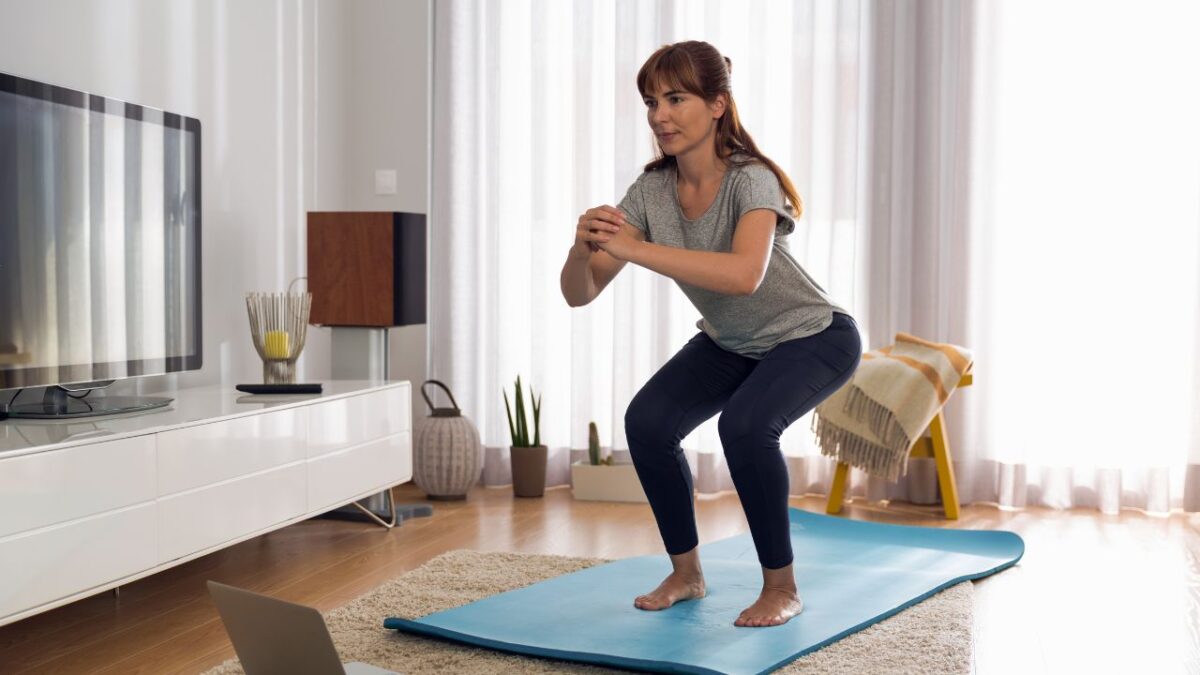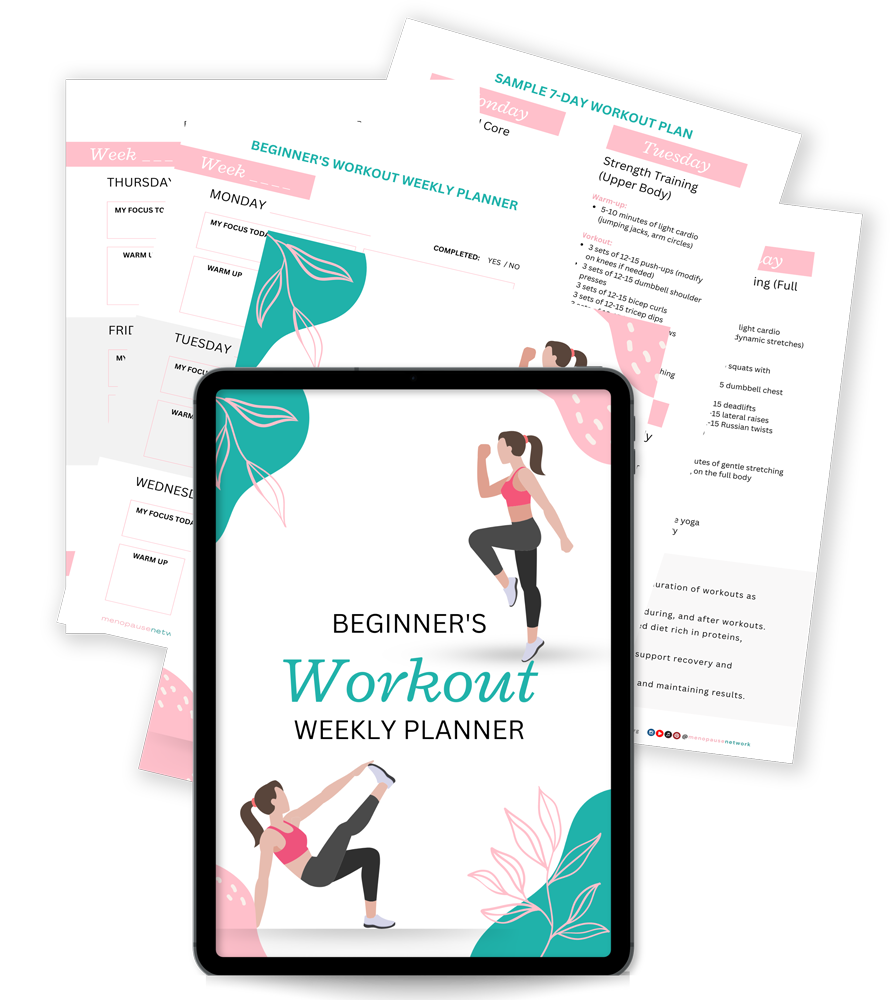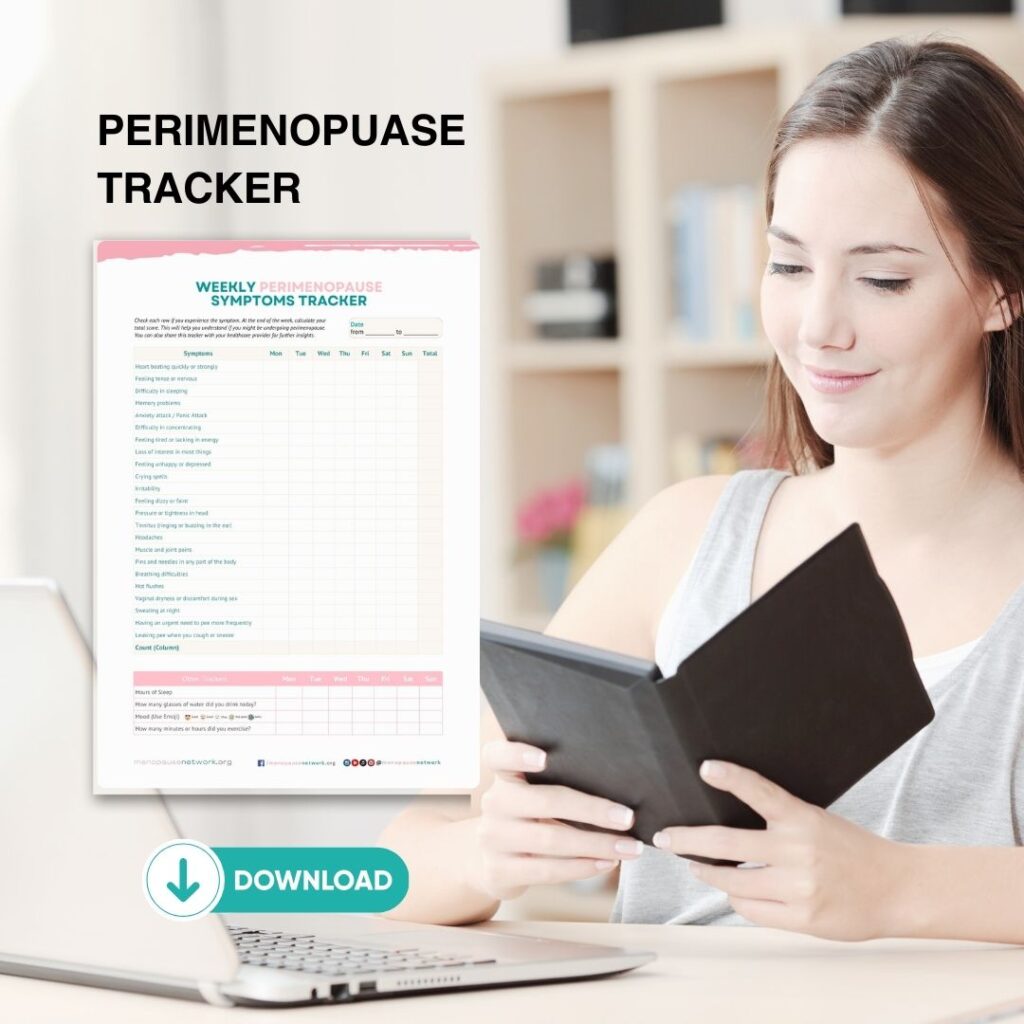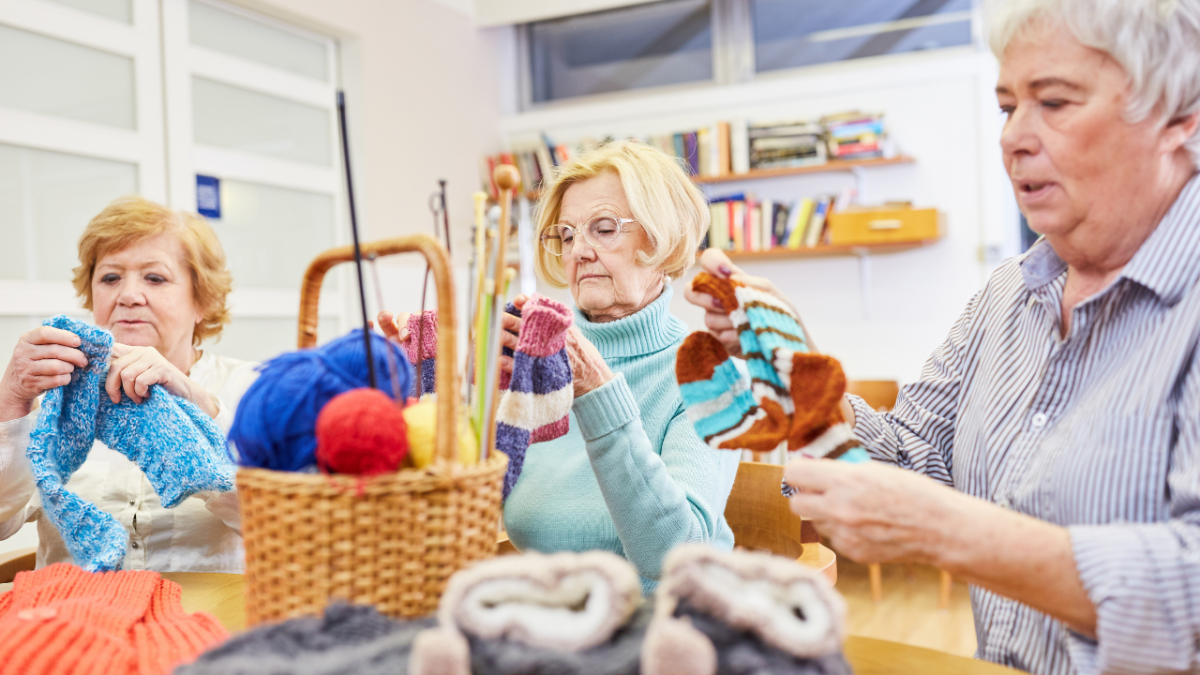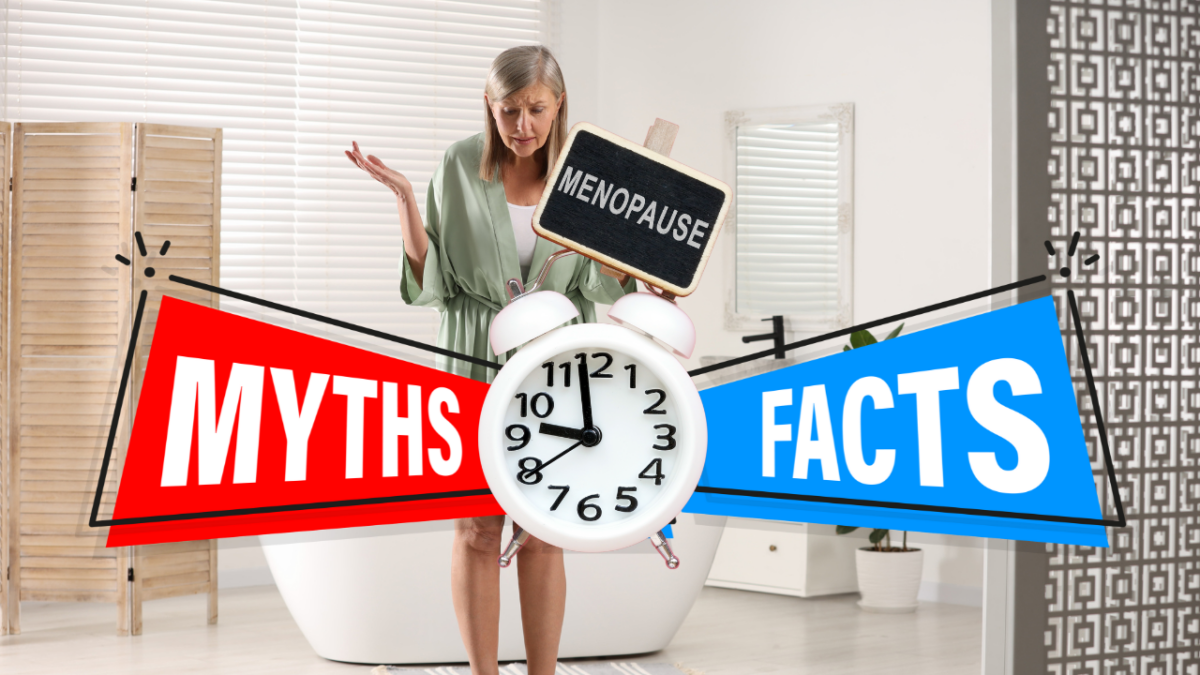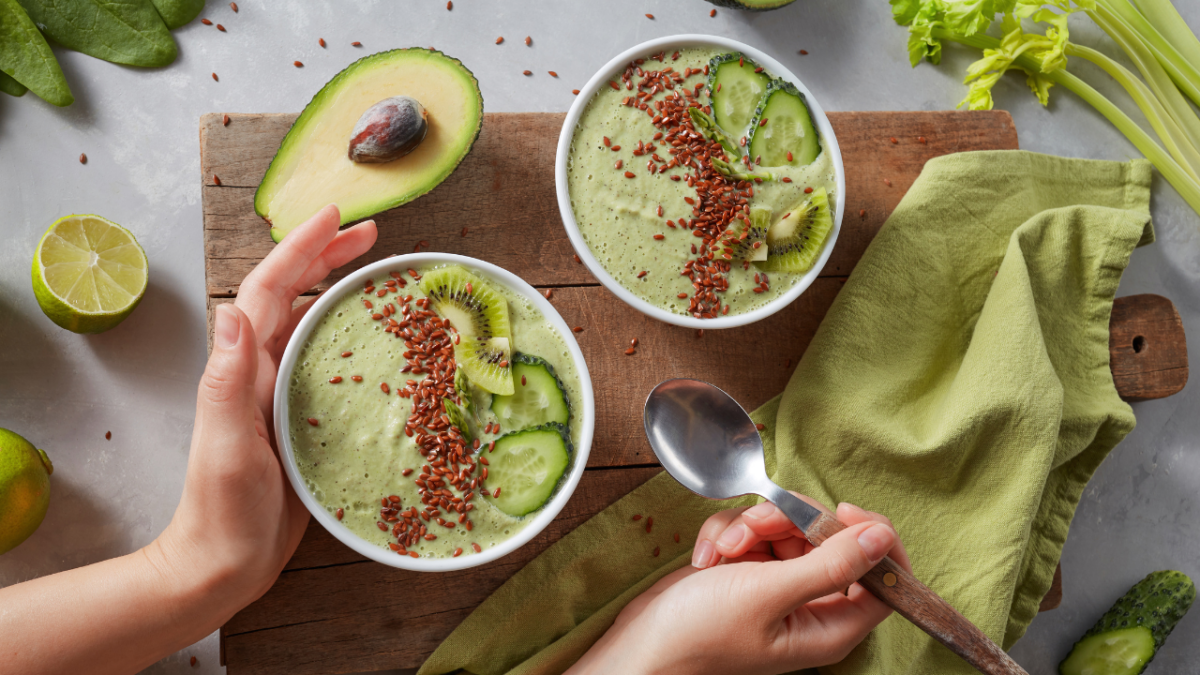Brain Power: Natural Ways for Women Over 40 to Stay Sharp
As we hit the big 4-0, keeping our brains sharp becomes a top priority. Between menopause, stress, and lifestyle shifts, our cognitive function can start to slip a bit. But don’t worry—there are plenty of natural ways to keep your brain in top shape. Here’s a rundown of some simple, research-backed strategies to help you stay mentally sharp.
1. Move Your Body
Getting regular exercise isn’t just great for your waistline; it’s a major brain booster too. Physical activity pumps more blood to your brain, fueling your neurons and even helping to grow new ones. Aerobic exercises like walking, swimming, and cycling are especially good for your memory and overall cognitive health.
In fact, research shows that women who stay active have a lower risk of cognitive decline, particularly after 40. So, lace up those sneakers and get moving!
2. Eat Brain-Boosting Foods
What you eat has a big impact on your brain. Diets rich in antioxidants, healthy fats, and essential vitamins and minerals can protect your cognitive function. The Mediterranean diet—packed with fruits, veggies, whole grains, fish, and olive oil—is especially great for your brain.
Studies have shown that sticking to this diet can help keep your mind sharp and reduce the risk of cognitive issues. Omega-3 fatty acids found in fish like salmon are particularly powerful, helping to fight inflammation and keep your brain cells in tip-top shape.
3. Keep Your Mind Engaged
Your brain loves a challenge, so keep it busy! Whether it’s reading, doing puzzles, learning something new, or staying socially active, mentally stimulating activities are key to maintaining cognitive health.
Research supports that lifelong learning and staying intellectually engaged can help protect against dementia. So, pick up that book or try out a new hobby—your brain will thank you.
4. Manage Stress
Chronic stress is a brain’s worst enemy, leading to memory issues and an increased risk of cognitive decline. That’s why it’s crucial to manage stress effectively. Practices like mindfulness, meditation, yoga, and deep breathing can help reduce stress and support your mental well-being.
Studies show that stress management techniques, especially mindfulness, can improve memory and cognitive flexibility. So, take a deep breath and relax—your brain will appreciate it.
5. Prioritize Sleep
Quality sleep is essential for a healthy brain. It’s during sleep that your brain repairs itself and consolidates memories. Lack of sleep or poor-quality sleep has been linked to cognitive decline and higher risks of neurodegenerative diseases like Alzheimer’s.
Experts recommend aiming for 7-9 hours of sleep per night and maintaining good sleep habits to protect your brain health. So, make sleep a priority and enjoy those Zzzs!
6. Stay Socially Connected
Strong social ties aren’t just good for your mood—they’re great for your brain too. Social interactions stimulate cognitive functions like memory and attention, helping to ward off cognitive decline.
Research shows that women with active social lives are less likely to experience cognitive issues. So, stay connected with friends and family—your brain will benefit from it.
7. Consider Omega-3 Supplements
While getting nutrients from food is best, sometimes supplementation can be helpful, especially for brain health. Omega-3 fatty acids, particularly DHA, are vital for brain function and have anti-inflammatory properties.
Research suggests that omega-3 supplements can improve cognitive function in women over 40, especially those at risk of decline. But always check with your healthcare provider before starting any supplements.
The Bottom Line
For women over 40, maintaining brain health is crucial. By incorporating regular exercise, eating brain-healthy foods, staying mentally and socially active, managing stress, prioritizing sleep, and possibly adding omega-3 supplements, you can naturally boost your cognitive function and keep your mind sharp as you age.




